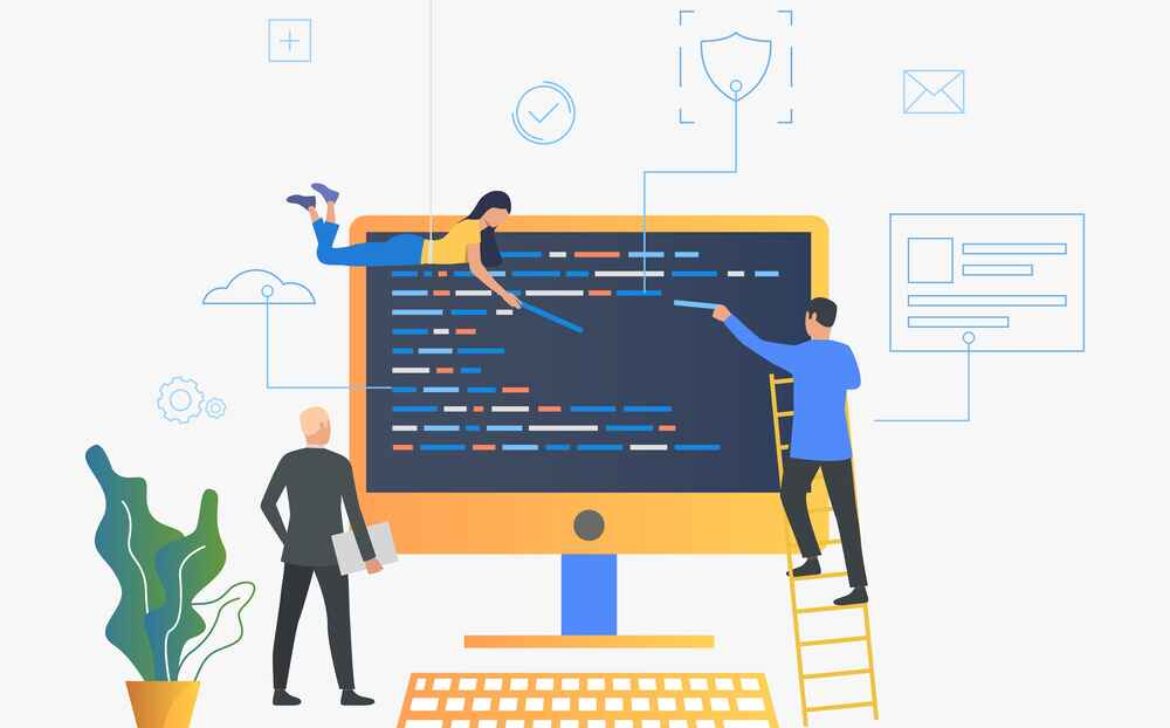Gatsby: Crafting Blazing-Fast and Beautiful Websites with React

In the ever-evolving landscape of web development, speed and aesthetics are paramount. Enter Gatsby, a static site generator that combines the simplicity of static sites with the dynamic capabilities of React. With Gatsby, web developers can craft websites that are not only fast but also exceptionally beautiful. Let’s dive into the core concepts and potential of Gatsby.
Gatsby: The Static Site Revolution
Gatsby is built on the idea that websites should be fast by default. Unlike traditional content management systems (CMS) that generate pages on each request, Gatsby pre-builds your entire website into static files during the build process. This approach results in near-instantaneous page loads, even for complex websites.
The Power of React
Gatsby’s secret sauce lies in its integration with React, a popular JavaScript library for building user interfaces. With React, developers can create interactive and dynamic components that seamlessly fit into Gatsby’s static structure. This means you can enjoy the benefits of a fast-loading site without sacrificing interactivity.
Graph QL: A Data Powerhouse
Gatsby leverages GraphQL, a query language for your API, to fetch and manage data. GraphQL allows you to specify precisely what data you need for each page, minimizing over-fetching and under-fetching of data. This results in leaner, faster websites that load only the data they require.
Blazing-Fast Performance
Performance is a first-class citizen in Gatsby. It optimizes images, lazy-loads assets, and employs code-splitting techniques to ensure that your site loads quickly. Gatsby-generated websites score high in performance audits and user experience, leading to happier visitors and better search engine rankings.
Beautiful Design with Themes and Plugins
Gatsby offers an extensive ecosystem of themes and plugins that simplify the process of crafting visually stunning websites. Whether you’re building a blog, an e-commerce site, or a portfolio, Gatsby’s themes and plugins provide a solid foundation to kickstart your project.
The Gatsby Community
Gatsby boasts a vibrant and supportive community. From official documentation to a wealth of tutorials and starter templates, the community actively contributes to making Gatsby accessible and user-friendly. Whether you’re a seasoned developer or just starting your journey, there’s a place for you in the Gatsby community.



